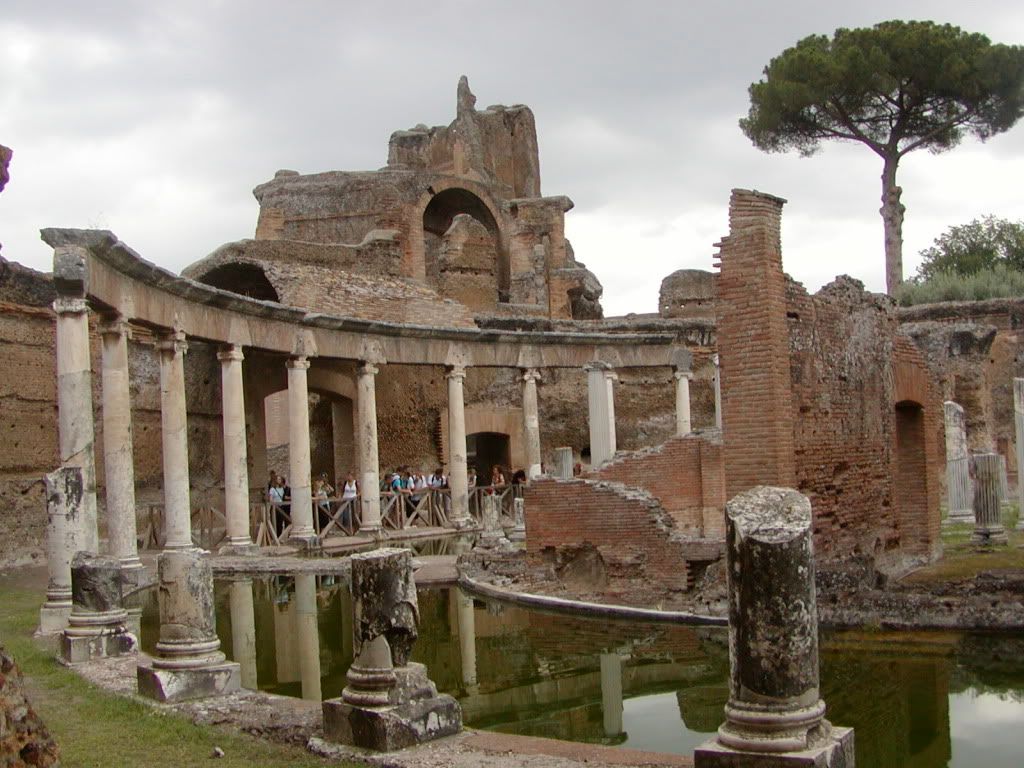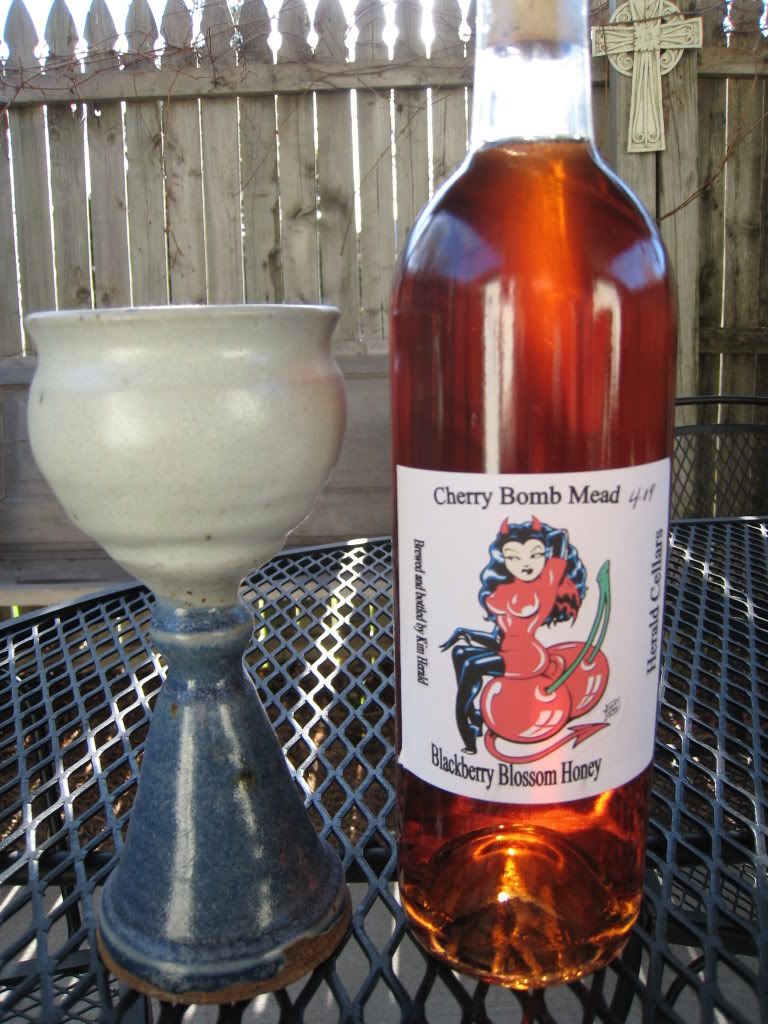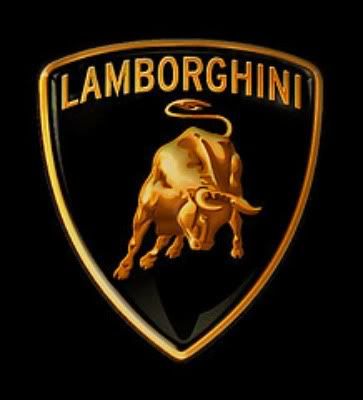[Introducing new contributor 'Etrusco-Umbro-Gallic'. He was trained in the sciences, and well versed in matters concerning the anthropology and history of N/C Italy and the Western World. Any questions or comments can be directed to him, or if you would like to e-mail him directly, please send them to camunlynx@live.com, and they will be forwarded to him. Thank you.]
The Tuscan Orient Expeditions: Part 1
Tuscany. No question about it, this is the Western Man’s Kosovo. It’s a microcosm of Western civilization, even surpassing Rome in importance. It is not just the home of Puccini, Of Michelangelo, of Dante, of Galileo, of Bocelli, but also of lesser known characters whose impact on the course of Western civilization was just as monumental. How about Francesco Redi, Amerigo Vespucci, Eugenio Barsanti and Felice Matteucci? Tuscany’s influence on the Western World is as immense as it is historically consistent in nearly all important aspects. This essay and its sequels will explore in a chronological manner the encounters, of both individual Tuscans and Tuscany as a whole, with the Orient, that is to say, the Islamic Mediterranean world. Such encounters are a recurring theme in Western history and, in many ways, define who we are as Westerners, as people of European descent.
After the fall of Rome, Saracen armies went on to conquer the entire Eastern and Southern Mediterranean thanks to their zeal and unorthodox tactics as well as the plagues, political corruption and economic crises which hit the region hard. It was a dark time for Europe, indeed, with Saracen fleets prowling the sea unchecked, plundering settlements (even Rome was almost sacked once), stealing slaves and treasures in the process. According to the insightful, yet obscure and underappreciated historian Henri Pirenne, it were these events, rather than the invasions of the so-called barbarians (who were actually Romanized within century and never really constituted a majority in the former Roman empire anyway) that precipitated the so-called Dark Age.
Situated on the southern shores of Europe, it was only natural that, one way or another, Tuscany, too, was in the crosshairs. The Tuscan coast was repeatedly harassed by the Saracen pirate-marines and long stretches of it were abandoned. Such was not the case with Pisa, a former Roman municipium which was, by that time, the most important city in Tuscany. In the 9th century, spurred by constant Saracen attacks, Pisa began to expand its fleet. In 828, Pisan ships already made headway by taking the fight to the enemy, by assaulting the North African coast. In 871 they took part in the defense of Salerno, then a Lombard-rule principality in Southern Italy, from the Saracens.
In 970, the Pisans were operating in Calabria, probably making war on its Muslim occupants in order to secure safe passage for their merchants through the Strait of Messina that separated Muslim Sicily from the peninsula. Pisan annals also record a Muslims naval attack on Pisa in 1004 and a Pisan victory over the Muslims off Reggio in 1005. The Muslim assault of 1004 may have originated in Spain, or it may have been a typical pirate raid. The Pisan attack of 1005 was likely a response, and perhaps a serious attempt to put an end to Muslim piracy, for which Reggio served as a perennial base. This victory greatly expanded Pisa’s maritime power.
In 1011, an expedition from what is today southern Spain went on to wreck havoc on the Tyrrhenian coastline, clipping the Pisa region. The fleet most likely came from the Umayyad port of Denia, then ruled by the emir Mujahid, or Musetto, as he was called in Tuscan. By the time Musetto took power, the Emirate of Denia had established a foothold in the Balearic islands. An ambitious emir, Musetto decided to island-hop to Sardinia. As with most Saracen expeditions, it began with intensive coastal raids and the establishment of tactically important beachheads. The then-acting Pope John VIII was alarmed since Sardinia lay directly across the Tyrrhenian Sea from Rome and urged the Christian lay powers to expel the Saracens from the island. It was no trivial concern since Rome was nearly sacked by Saracen pirates in 846 (St. Peter’s basilica did end up being looted, though, since it was outside the walls). Well, Pisa and Genoa answered that call. Not many details are known, but what is known is that Musetto’s large scale attempt to invade the island in 1015 was thwarted.
The persistent Musetto returned to Sardinia in 1016, however, intending a more thorough conquest of the island. After defeating the local Judges, as the local Sard rulers were called, Musetto immediately set about building cities using the local Sards for slave labour, which was the economic backbone of early and later Islamic caliphates. It was also that year that Musetto’s pirate-marines raided the Lunigiana, a picturesque area separating Tuscany and Liguria, in an in-your-face fashion. Once again, the wasp had awakened the boar. Once again, the pope called for an expedition and the combined Pisan-Genoese fleet scored---this time for good. With the Saracens expelled from the island, Pisans and Genoese began to bicker over the newly conquered territory, hence initiating their bitter rivalry which was to last unabated for two more centuries.
Pisa’s fortunes continued to multiply and between 1030 and 1035, Pisa went on to defeat several rival towns in Sicily, conquer Carthage and sack Bona (now Annaba) in North Africa. In 1051–1052 the admiral Jacopo Ciurini conquered Corsica. During this time that Pisa’s rivalry with Genoa continued to grow.
 In 1085 Pope Gregory VII had granted suzerainty over the Balearic islands, off the coast of Iberia, to Pisa. Twenty-eight years later, in the fall of 1113 a Pisan fleet making an expedition to Majorca was put off course by a storm and ended up near the coast of Catalonia, which they initially mistook for the Balearics. The Pisans met with the Count of Barcelona and signed a treaty. Among other things, the treaty called for a military cooperation, the chief goal of which was to suppress Islamic piracy plaguing their coasts and to free Christian slaves. In 1113 Pisa and the Pope Paschal II set up, together with the count of Barcelona and other contingents from Provence and Italy (Genoese excluded), a war to free the Balearic Islands, which were at that time held by the Moors. To make a long story short, the expedition was a success and the ruler of Majorca was brought in chains to Tuscany. Even though the Almoravids, the dynasty ruling much of Iberia at the time, soon reconquered the island, this was not really a major setback for Pisa. The booty taken helped the Pisans in their magnificent building program, especially its cathedral. More importantly, Pisa still maintained its dominant military and mercantile role in the Western Mediterranean.
In 1085 Pope Gregory VII had granted suzerainty over the Balearic islands, off the coast of Iberia, to Pisa. Twenty-eight years later, in the fall of 1113 a Pisan fleet making an expedition to Majorca was put off course by a storm and ended up near the coast of Catalonia, which they initially mistook for the Balearics. The Pisans met with the Count of Barcelona and signed a treaty. Among other things, the treaty called for a military cooperation, the chief goal of which was to suppress Islamic piracy plaguing their coasts and to free Christian slaves. In 1113 Pisa and the Pope Paschal II set up, together with the count of Barcelona and other contingents from Provence and Italy (Genoese excluded), a war to free the Balearic Islands, which were at that time held by the Moors. To make a long story short, the expedition was a success and the ruler of Majorca was brought in chains to Tuscany. Even though the Almoravids, the dynasty ruling much of Iberia at the time, soon reconquered the island, this was not really a major setback for Pisa. The booty taken helped the Pisans in their magnificent building program, especially its cathedral. More importantly, Pisa still maintained its dominant military and mercantile role in the Western Mediterranean.
 It was also during this time that Pisa helped pave the way for the First Crusade, a long overdue, yet small-scale effort to roll back some of the conquests and stem the tide of Islamic attacks against the then Christian world. In 1087, prompted by a wave of pirate attacks on the Tyrrhenian coast orchestrated by the Zirid ruler of Mahdia (a city in present day Tunisia), the Pisans, augmented by the Genoese and Amalfitan forces, captured and plundered the city. The Muslim fleet stationed in the harbor was burned during the fighting. As in the Balearic campaign, Mahdia was soon reconquered but, once more, the ever resourceful Pisans used the money gained from plunder to further beautify and enrich their city. By burning the Muslim fleet, the Pisans helped secure the European Western Mediterranean coast which was to become a launchpad for Levant-bound Crusader fleets only 10 years later. Now, the Pisans did not simply initiate the First Crusade. In fact, they actually helped ensure its victorious outcome: the capture of Jerusalem in 1099. Some 120 Pisan ships took part in the First Crusade, no small number for the time.
It was also during this time that Pisa helped pave the way for the First Crusade, a long overdue, yet small-scale effort to roll back some of the conquests and stem the tide of Islamic attacks against the then Christian world. In 1087, prompted by a wave of pirate attacks on the Tyrrhenian coast orchestrated by the Zirid ruler of Mahdia (a city in present day Tunisia), the Pisans, augmented by the Genoese and Amalfitan forces, captured and plundered the city. The Muslim fleet stationed in the harbor was burned during the fighting. As in the Balearic campaign, Mahdia was soon reconquered but, once more, the ever resourceful Pisans used the money gained from plunder to further beautify and enrich their city. By burning the Muslim fleet, the Pisans helped secure the European Western Mediterranean coast which was to become a launchpad for Levant-bound Crusader fleets only 10 years later. Now, the Pisans did not simply initiate the First Crusade. In fact, they actually helped ensure its victorious outcome: the capture of Jerusalem in 1099. Some 120 Pisan ships took part in the First Crusade, no small number for the time.
Through all of this, several important developments had taken place. By about 1100, thanks largely to the courage of Tuscan marines (along with those from Liguria, Provence, Catalonia, of course), Western Europeans were no longer afraid to go for a boat ride on their own beach. Well, the threat of Saracen piracy was still very much looming and would continue to do so until the French conquest of the Barbary Coast in the 1800s, but the bully’s nose was badly bloodied, so to speak. The pirates were no longer seen as an insurmountable obstacle, but as an inevitable inconvenience. Big difference. Additionally, since Pisa and the other maritime republics/states like Genoa had the ability to field powerful armed fleets, they could now escort their merchant navies safely to the bazaars of the Orient, and to, once again, obtain those now exotic goods, once commodities during the Roman era. Naturally, this wealth trickled down from the Arno Valley to the rest of the European continent over the decades and centuries that followed.
The Levant and North Africa were bustling hubs of intellectual activity in the Classical Era. To be fair, yes, a fair amount of that knowledge was preserved under the new Saracen overlords, but few original contributions were made by them to the major disciplines: medicine, philosophy, alchemy, and mathematics. Nevertheless, the region was a treasure trove of old manuscripts pertaining to those subjects and, by way of trade, Pisan travelers and merchants could now bring them back to the Occident. Perhaps the best such example is Leonardo Fibonacci, a forerunner of his fellow Tuscan namesake Leonardo Da Vinci, really. Leonardo was born in 1170 to a Pisan merchant operating in Algiers. As a young man, he was an avid traveler and had perused many mathematical manuscripts during that time. He was exposed to “Arabic” numerals (in quotes because they were actually developed in India and had reached the Mediterranean by way of conquest) and introduced the system to the Western world. He also developed a new notation of expressing fractions, similar to that used today. His name is most strongly associated with what is known as the Fibonacci sequence, where the first two numbers are 0 and 1, and each subsequent number is the sum of the previous two: 0, 1, 1, 2, 3, etc. Leonardo arrived at this sequence from a hypothetical situation involving an immortal rabbit population undergoing reproduction. Interestingly, the ratio of two sequential numbers of the Fibonacci sequence approaches the famous Golden Ratio the further along in the sequence that pair of numbers occurs. The Golden Ratio is commonly associated with art and, yes, has inspired many artists during the renaissance, but it has many applications in the financial market world, too.
 Fibonacci may have been unique in his intellectual ability, but certainly not in his travels and not in bringing back the most valuable of all commodities, long denied but finally available to all Western Europeans thanks to the courage of his Tuscan countrymen: knowledge. And this knowledge was not destined to simply gather dust and be deemed blasphemic. In Europe, it was elaborated and expanded upon, criticized and corrected. Consequently, new knowledge was generated and systematically recorded and circulated, and this exponential process repeated itself many times over. Nothing like this has ever happened in all of mankind’s history and on no other continent. And here I am writing this on my laptop computer, itself a fruit of this process, much like the nearly microscopic components of its circuitry.
.
Fibonacci may have been unique in his intellectual ability, but certainly not in his travels and not in bringing back the most valuable of all commodities, long denied but finally available to all Western Europeans thanks to the courage of his Tuscan countrymen: knowledge. And this knowledge was not destined to simply gather dust and be deemed blasphemic. In Europe, it was elaborated and expanded upon, criticized and corrected. Consequently, new knowledge was generated and systematically recorded and circulated, and this exponential process repeated itself many times over. Nothing like this has ever happened in all of mankind’s history and on no other continent. And here I am writing this on my laptop computer, itself a fruit of this process, much like the nearly microscopic components of its circuitry.
.














